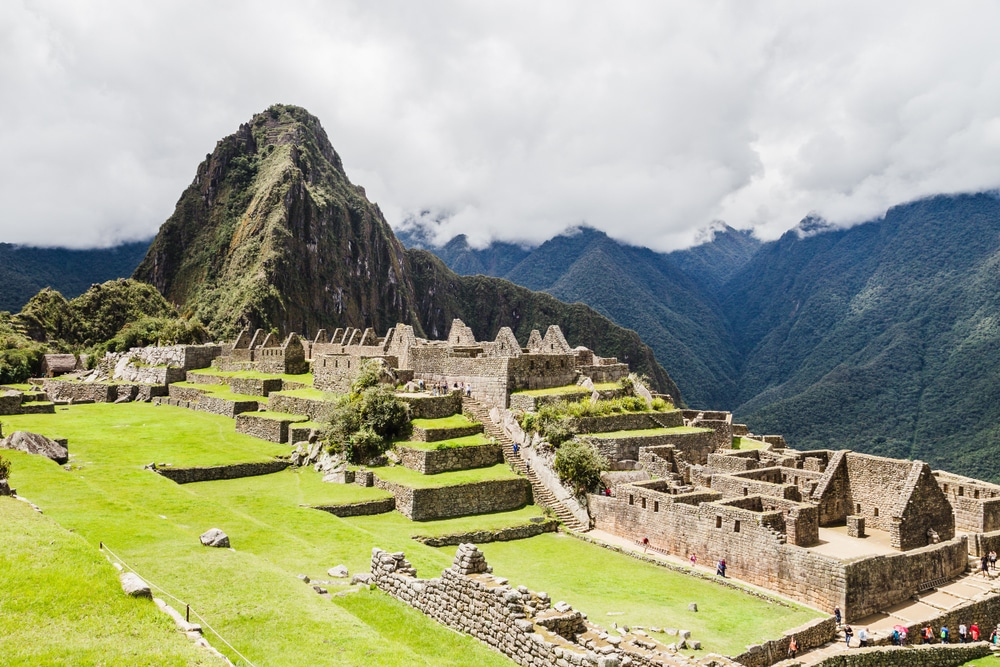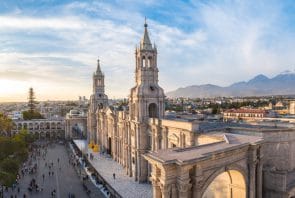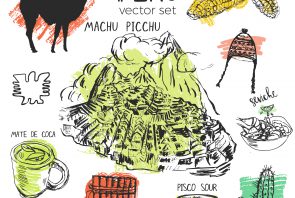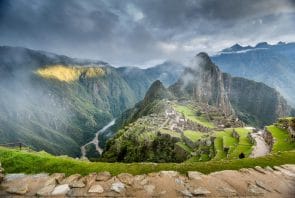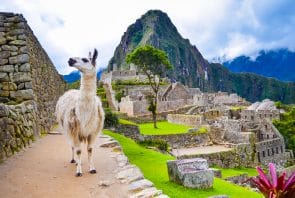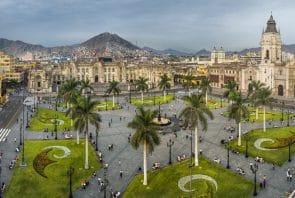Fascinating landscapes and one of the greatest biodiversity on earth, as well as countless natural treasures characterize Peru as well as a cultural heritage that is thousands of years old. The holy cities and sites of the country exert a very special attraction on visitors, because they go back to the advanced civilizations of the South American continent. The beauty of Peru is reflected in the nature as well as in the sights and especially in the hospitality that is shown to travelers.
Peru’s “White City”
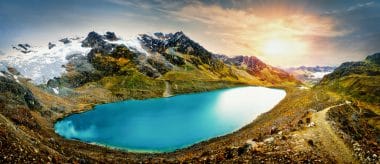
Peru looks back on an eventful and interesting history that still shapes the country’s population today. This is reflected not least in the World Heritage Sites. Arequipa is one of the most beautiful cities in the country. The so-called “White City” is located in the Andes at an altitude of 2,300 meters and all buildings are built of light volcanic rock.
As the largest city in the south of the country, Arequipa offers some architectural gems and sights. The special feature of the city is its Latin American ambience, as many of the buildings were built during Spanish colonial rule. A visit to the Monastery of Santa Catalina is particularly recommended, because the monastery complex is almost like a small town within the city and consists of several complexes connected by small alleys.
In the footsteps of the Incas
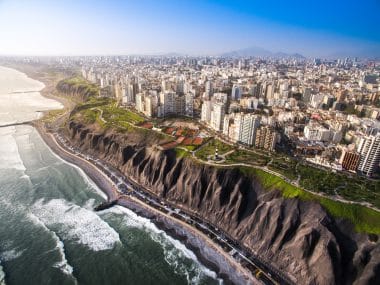
When you think of Peru, you automatically think of the Inca culture and the ancient city of Machu Picchu, which is located in the middle of the Andes. Even today, this city is very impressive. Between the walls there are fountains, water basins, temples and altars. The beautiful city can be reached in several ways. Of course, it is convenient to visit the city by train or bus, but it is far more interesting to walk the famous Inca Trail and take on the arduous ascent, because this is rewarded with breathtaking views and the hike is an unforgettable experience.
To this day, it is not clear for what purpose the city of Machu Picchu in the Andes was built. But this is exactly what increases the charm of this extraordinary city, because whether it was a place of worship, the last capital of the empire or a royal spa town will probably remain a great mystery forever.
The eighth wonder of the world in the Peruvian desert
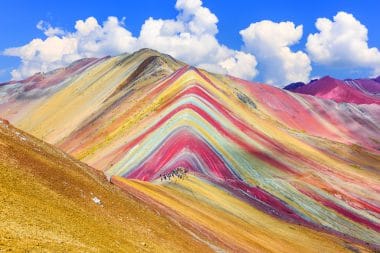
In the Atakama Desert of Peru you will find the Nazca Lines. More than 2,000 years ago, kilometre-long shapes and mythical formations were introduced into the earth east of the Andes. The Nazca Lines were discovered in 1927 during a flight over the desert. The full dimensions of the labyrinth of lines can only be grasped from the air. Although it is known today that the earth drawings date back to the Nazca culture, which populated the region between 200 BC and 800 AD, the significance is still unclear today.
Chan Chan – the city built of clay
On the Pacific coast of Peru lies the dreamlike city of Chan Chan, which was once the capital of the Chimú culture. The city lost its importance with the conquest by the Incas. Anyone who visits Chan Chan immediately succumbs to the numerous mud buildings that extend over a huge area. The enchanting clay city is one of Peru’s 12 UNESCO World Heritage Sites. Particularly impressive are the city’s large ballrooms and temple complexes.
Nature in Peru that is worth protecting
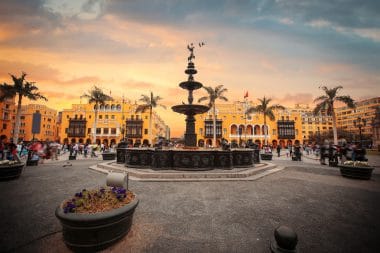
In terms of landscape, Peru is one of the most diverse countries in the world. There are three different landscape zones, each of which has its own climatic characteristics. The country is divided into the coast, the highlands and the rainforest. Accordingly, a trip through Peru is very stimulating and you can discover a fantastic flora and fauna, especially in the rainforests. Among other things, the Manú Biosphere Reserve is a protected area. The UNESCO World Heritage Site is just one of Peru’s many protected areas, as the country has 15 national parks, 15 nature reserves, 9 protected areas, 4 historical reserves, 8 communal protected areas for indigenous peoples and a few more.
Enjoy the many facets of Peru
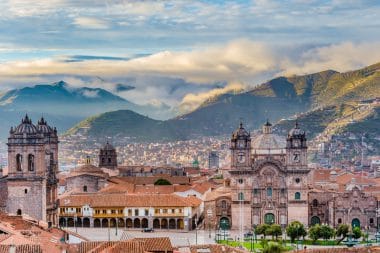
Even though Peru offers numerous other sights from a wide variety of cultures, it is worthwhile not to rush from one sight to another. Peru is also one of those destinations whose fascination is closely related to the country’s way of life. Accordingly, it is worthwhile to visit the country’s colourful markets and seek contact with the locals. Even though the population is usually rather poorly off financially, Peruvians enjoy life, are proud of their history and are very hospitable.
An invitation should not be declined under any circumstances, because Peruvians are proud to give guests insights into their lives and to invite them to dinner. In addition to Peru’s most famous dish, ceviche, which consists of fish pickled in lime, Peruvian cuisine also offers many dishes with chicken, potatoes and co. But ingredients that are unfamiliar to Europeans such as guinea pig and alpaca steak are also on the menu. Among the drinks, Pixo Sour, an alcoholic mixed drink, is very popular, but Inca Kola is also widespread. By the way, Peruvians also have something on the menu against altitude sickness, because mate de coca and coca leaves are said to help against stomach problems and fatigue. Coca leaves are easy to chew and do not necessarily have to be processed.
More impressions Peru
Können wir Ihnen helfen?
Benötigen Sie Unterstützung bei Ihrer Reiseplanung oder weitergehende Informationen zu einzelnen Reisezielen? Wir freuen uns über Ihre Kontaktaufnahme.


